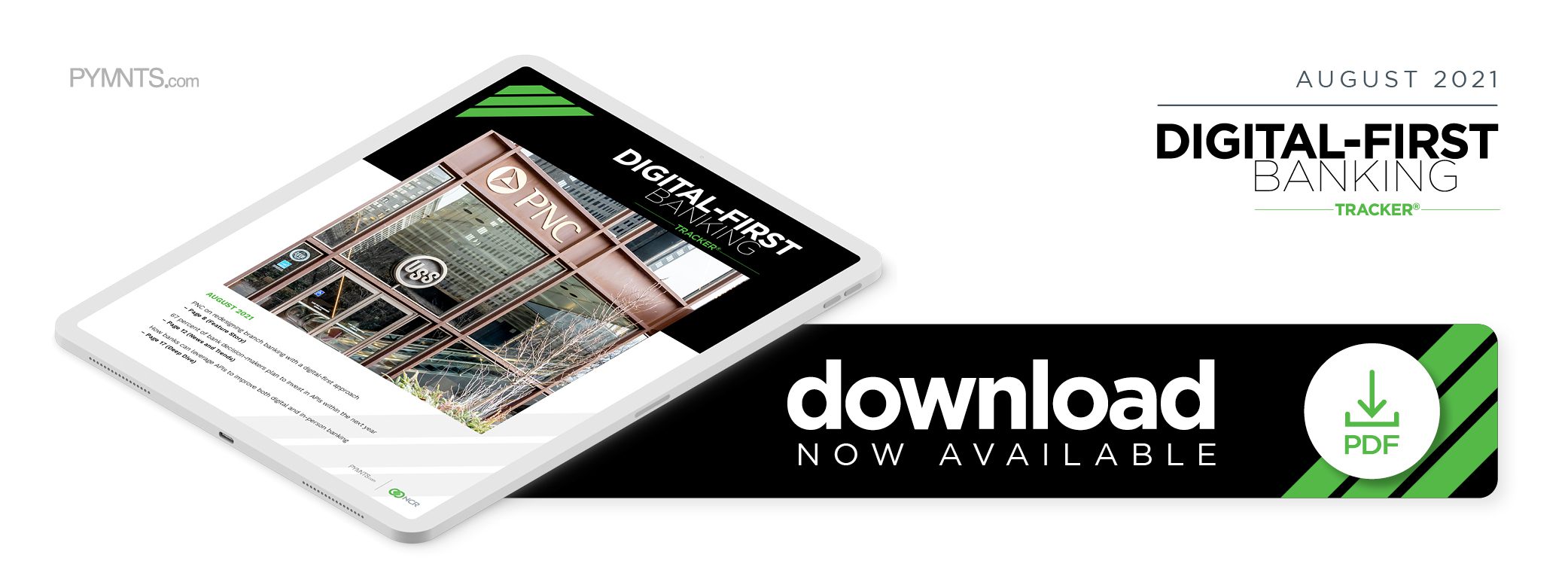PNC Says Hello To Small ‘Solution Centers’ And Goodbye To Aging Branches
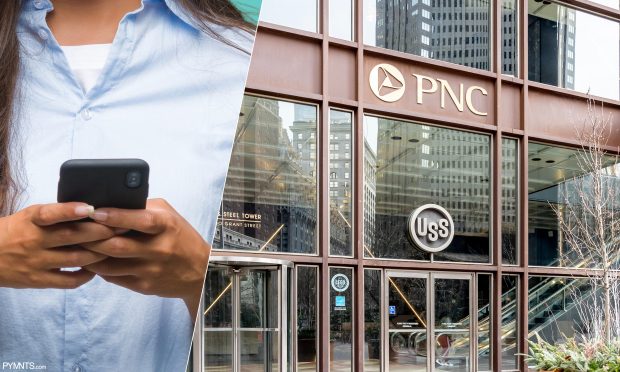
Consumers have developed an affinity for digital banking and few are unwilling to forfeit the convenience of the technology. Today, many now manage their finances on their tablets, laptops and smartphones. A survey of Chase customers revealed 89 percent said they have used the bank’s mobile apps to deposit money in 2021. As the practice has been mirrored across the financial services sectors, banks are seeking innovative ways to meet the digital-first demand at retailers and online.
Application programming interfaces (APIs) have emerged as a solution. API software allows for the creation of applications that access data and features of other services, or operating systems. It enables banks to connect with FinTechs and customers, allowing embedded finance options and point-of-sale lending applications. The other benefit is it allows financial institutions (FIs) to access new services and solutions without needing expensive upgrades to their infrastructure.
The NCR Digital-First Banking Tracker® looks at recent digital-first banking developments, including an analysis of how APIs have eased banks’ digital transformations and how they will continue to offer a competitive edge in online and on-site banking in the future.
Around The Digital-First Banking Landscape
More than half of consumers in a recent survey said that they were visiting b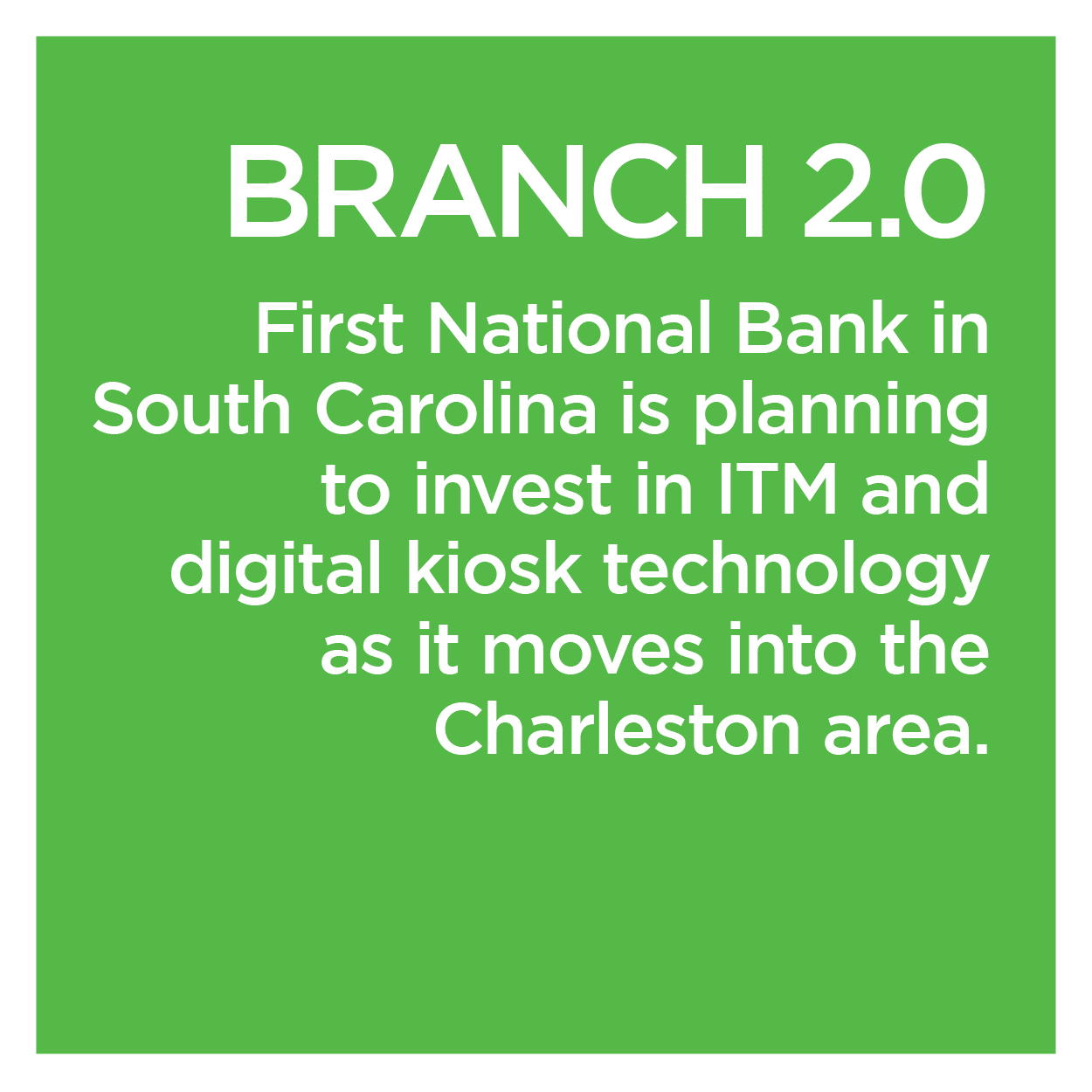 ank branches less often since the pandemic’s onset, and this prompted the greatest number of bank closures within a decade in 2020. U.S. Bancorp, which shuttered more branches than any other FI, recently doubled the number of storefronts it intended to close in 2019. Digital-only banks have made huge gains during this time. Midland Financial Co. and Capital One Financial Corp. invested in digital-only banks and experienced some of their largest deposit increases since 2018.
ank branches less often since the pandemic’s onset, and this prompted the greatest number of bank closures within a decade in 2020. U.S. Bancorp, which shuttered more branches than any other FI, recently doubled the number of storefronts it intended to close in 2019. Digital-only banks have made huge gains during this time. Midland Financial Co. and Capital One Financial Corp. invested in digital-only banks and experienced some of their largest deposit increases since 2018.
South Carolina has distinguished itself as one market in which branch openings outpaced closures last year. Recent reports found the state added seven branches in 2020, driven by JPMorgan Chase & Co.’s expansion into the region. First National Bank is also expanding into the state. The FI has three locations in the Charleston area, and it plans to open two more and deploy multiple ATMs, according to Vincent J. Delie Jr., the bank’s CEO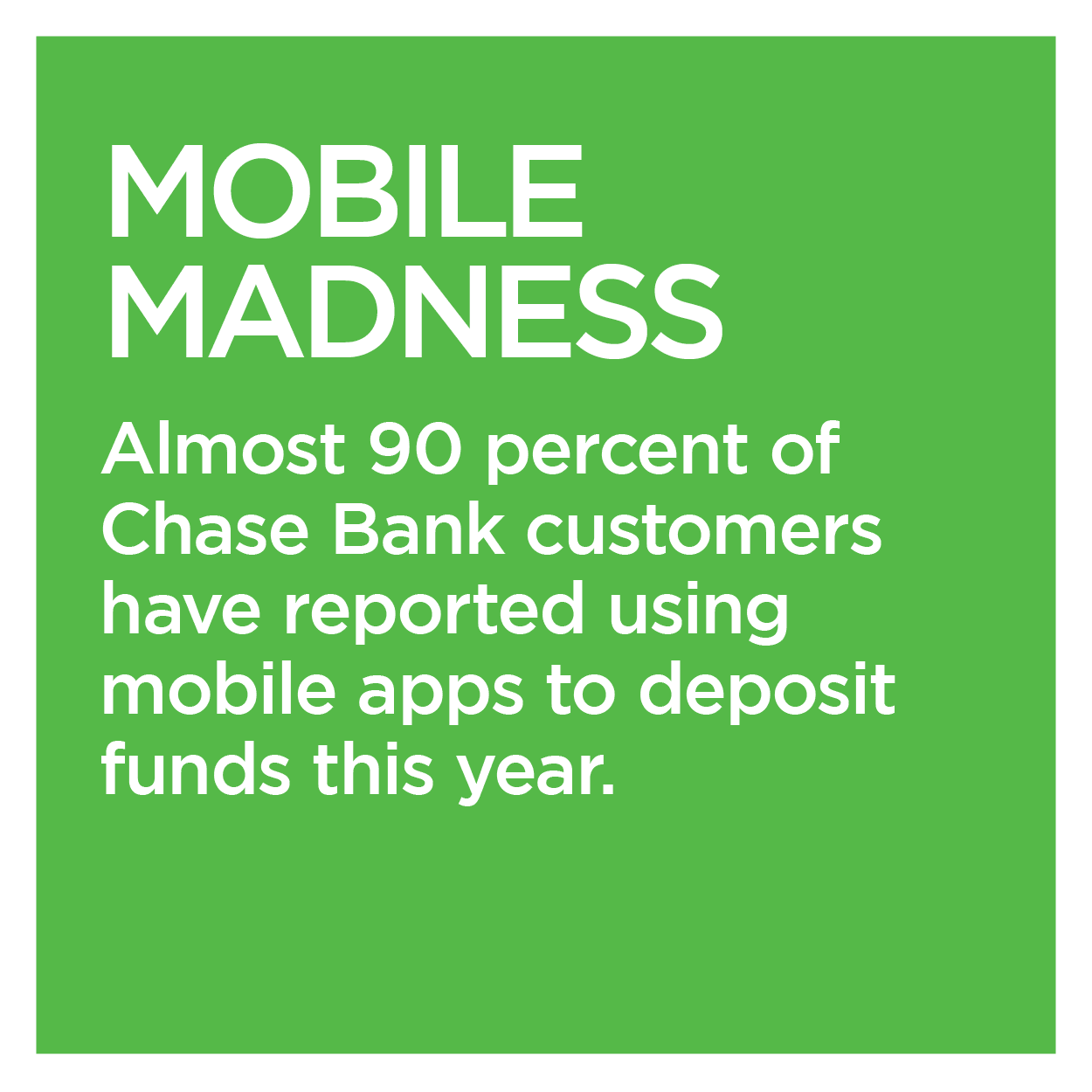 , chairman and president
, chairman and president
President Joe Biden issued an executive order in July recommending that the Consumer Financial Protection Bureau draft rules enabling customers to tap into their banking data and share it with FIs or third parties as they see fit. This paradigm shift toward open banking could go hand in hand with FIs’ recent utilization of APIs, as these solutions allow banks to unlock their data so it can be shared with other FIs and third parties. Doing so could allow banks to debut new services without making costly upgrades to their infrastructure.
For more on these and other stories, check out the Trackers News & Trends section.
PNC On Combining Personalized Banking Services With A Digital-First Approach
Consumers’ changing behaviors and an influx of digital-only competitors are driving traditional banks to rethink the brick-and-mortar branch. PNC Financial Services Group is one banking giant that is retooling its approach to meet consumers’ demands for fast, digital service without abandoning the personalized attention many members want. In this month’s Feature Story, Kevin McCann, national territory executive for PNC, discusses why the company is shuttering 280 branches by the end of 2021 and opening “solution centers,” 2,500-square-foot locations equipped with mobile workstations, ATMs, banking kiosks and video teller machines.
To get the full story, download the Tracker.
Deep Dive: How APIs Are Fueling The Future Of Banking
Traditional banks struggled to adjust in 2020 as restrictions on in-p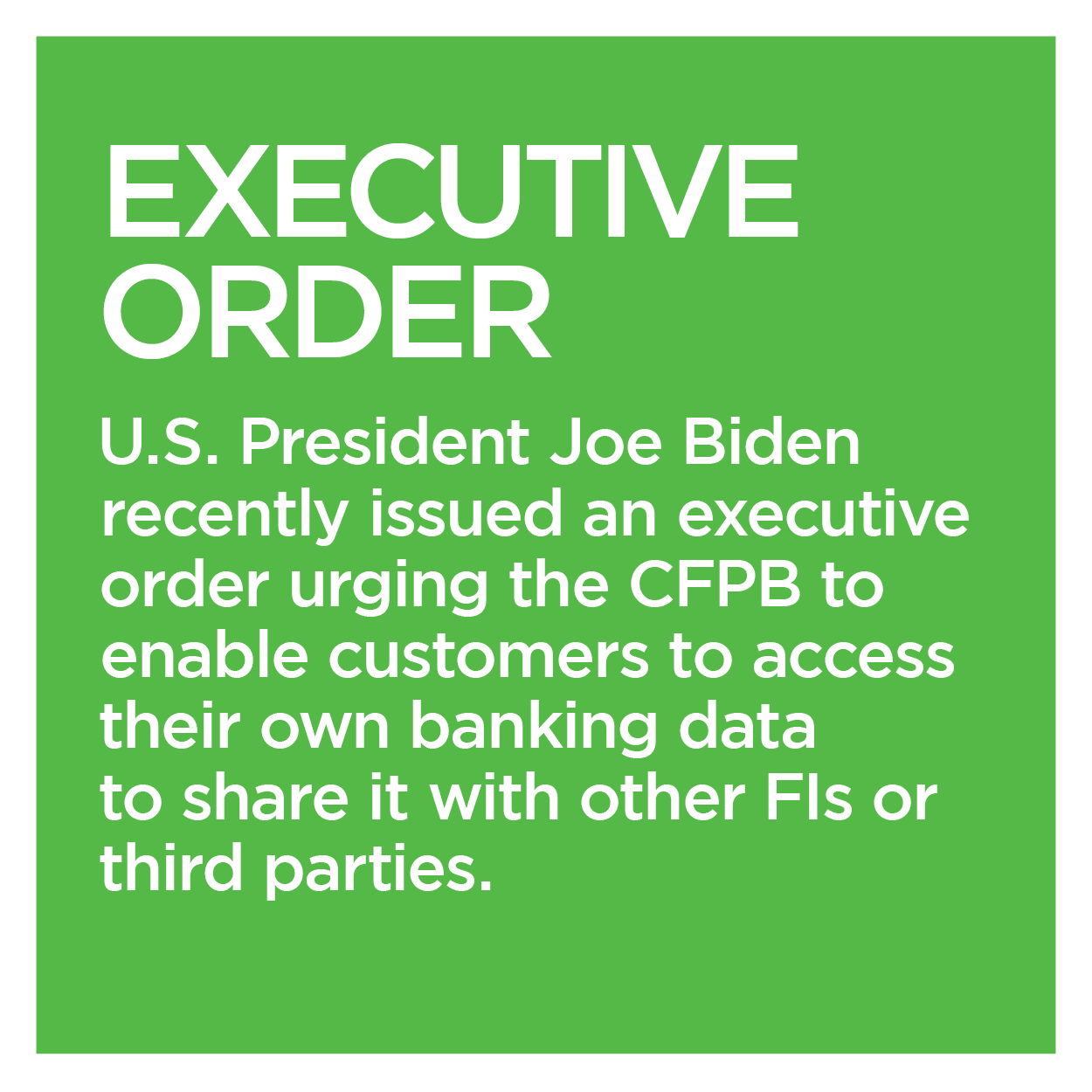 erson banking forced their digital transformations into hyperspeed. Restrictions have eased, but the rapid digital shift means the race is still on to keep up with FinTechs, Big Tech firms and other agile competitors in the financial landscape. The shift has also ramped up consumers’ expectations for swift payments and seamless experiences. APIs have offered a leg up to banks by simplifying their digital transitions to permit swifter innovations. The technology promises to dominate the future of banking, and the value of embedded finance set to triple by 2026. Some even say APIs could rescue physical bank branches so FIs can leverage them for their unique benefits. In this month’s Deep Dive, PYMNTS explores how APIs can give banks a winning edge in both digital and in-person channels and details why banks should invest in them now.
erson banking forced their digital transformations into hyperspeed. Restrictions have eased, but the rapid digital shift means the race is still on to keep up with FinTechs, Big Tech firms and other agile competitors in the financial landscape. The shift has also ramped up consumers’ expectations for swift payments and seamless experiences. APIs have offered a leg up to banks by simplifying their digital transitions to permit swifter innovations. The technology promises to dominate the future of banking, and the value of embedded finance set to triple by 2026. Some even say APIs could rescue physical bank branches so FIs can leverage them for their unique benefits. In this month’s Deep Dive, PYMNTS explores how APIs can give banks a winning edge in both digital and in-person channels and details why banks should invest in them now.
Read the full Deep Dive in the Tracker.
About The Tracker
The Digital-First Banking Tracker® , a PYMNTS and NCR collaboration, examines digital banking sector. The August issue highlights recent developments in the digital-first space, including how lenders are expanding digital access for customers.
